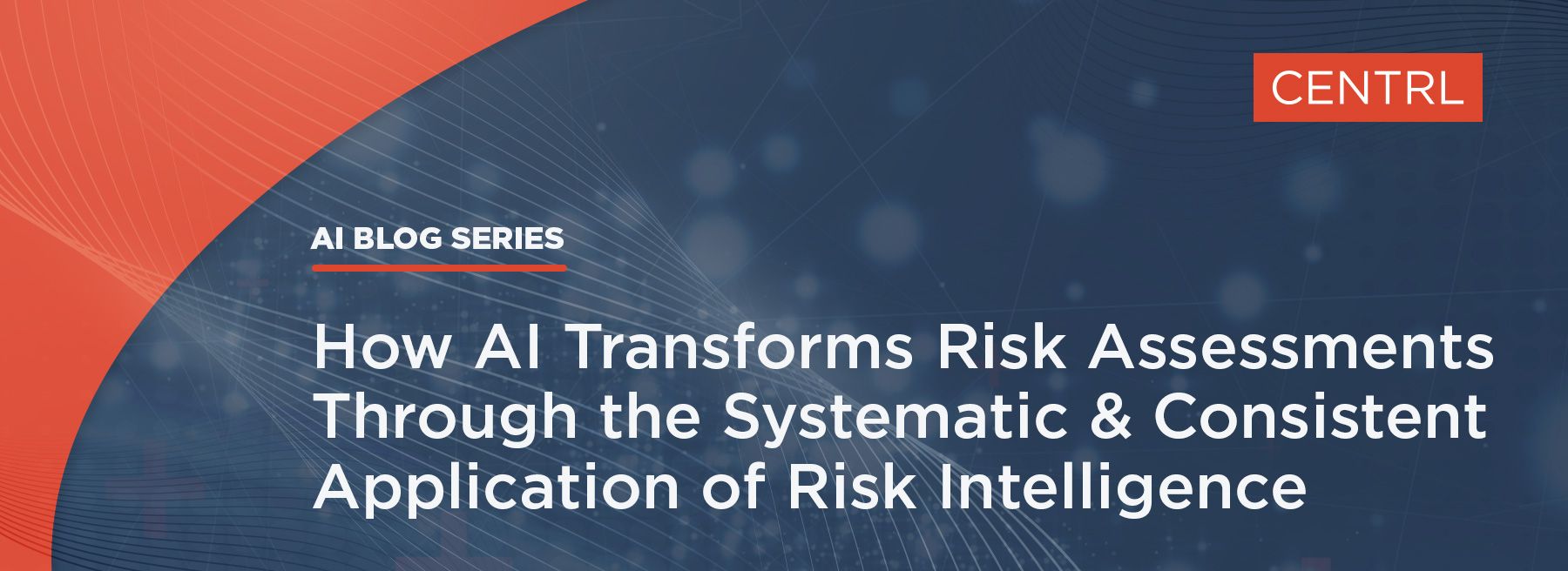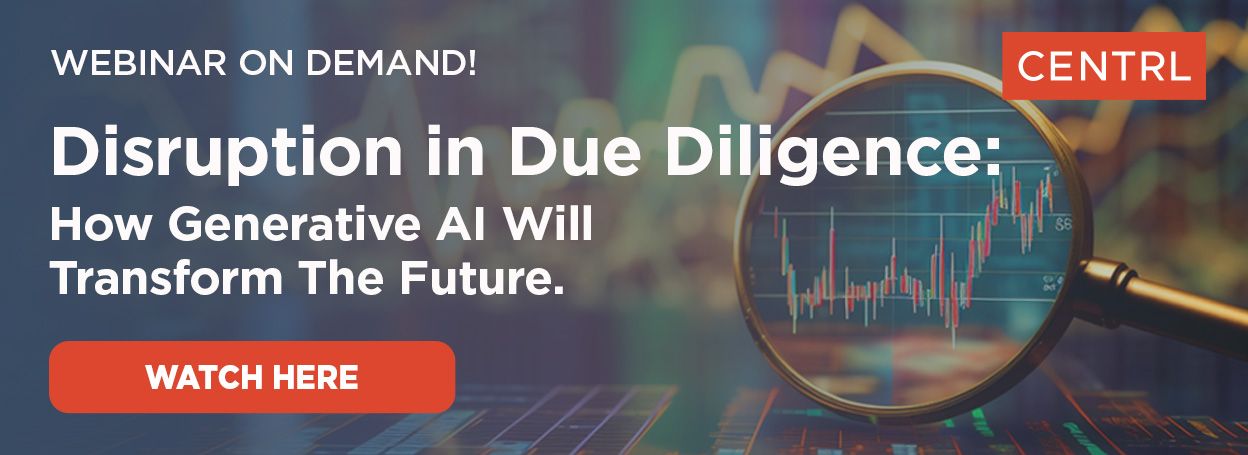Understanding the Impact of the Digital Operational Resilience Act (DORA) on Third-Party Risk Assessments for Banks in the EU: How Can AI Help?

MOUNTAIN VIEW, CA - January 18, 2024
In an era dominated by digital advancements, financial institutions face an ever-growing challenge in ensuring the resilience and security of their operations. The Digital Operational Resilience Act (DORA) emerges as a pivotal regulatory framework aimed at fortifying the digital infrastructure of banks and financial service providers. One crucial aspect of DORA is its potential impact on third-party risk assessments, a cornerstone in safeguarding the financial industry against cyber threats and operational disruptions.
What is DORA?
DORA, proposed and implemented to bolster the operational resilience of the financial sector in the European Union, recognizes the increasing interconnectivity and reliance on digital systems. The legislation seeks to mitigate risks arising from cyber threats, information and technology failures, and other operational disruptions that could undermine the stability of the financial market.
Key Provisions of DORA:
Mapping and Identifying Key Services: DORA mandates financial institutions to identify and map their key business services and the underlying Information and Communication Technology (ICT) systems. This comprehensive mapping ensures a clear understanding of the critical components that contribute to the overall operational resilience of the institution.
Incident Reporting and Communication: The act emphasizes prompt incident reporting to competent authorities. Financial institutions must establish effective communication channels to ensure swift response and collaboration in the event of a disruption. This proactive approach is designed to contain and mitigate the impact of incidents.
Third-Party Risk Management: DORA places a significant emphasis on third-party risk management. Financial institutions are required to assess and manage the risks associated with their dependencies on external service providers, including technology vendors and outsourcing partners.
Impact on Third-Party Risk Assessments:
Heightened Scrutiny on Third-Party Relationships: DORA compels financial institutions to scrutinize their relationships with third-party service providers more closely. This includes evaluating the resilience of these third parties and their ability to maintain critical services in the face of cyber threats or operational disruptions.
Increased Accountability for Third-Party Failures: The legislation holds financial institutions accountable for disruptions caused by their third-party providers. Consequently, banks are now under greater pressure to ensure that their third-party vendors adhere to robust cybersecurity and operational resilience standards.
Stricter Due Diligence Requirements: DORA necessitates an elevated level of due diligence in the selection and ongoing monitoring of third-party vendors. Financial institutions are required to assess the resilience capabilities of their third parties and establish contingency plans to mitigate the impact of any disruptions originating from these external partners.
Collaboration and Information Sharing: The act promotes collaboration among financial institutions and third-party providers. It encourages the sharing of information on threats, vulnerabilities, and best practices to collectively enhance the industry’s operational resilience. The Digital Operational Resilience Act signifies a paradigm shift in the regulatory landscape, placing digital operational resilience at the forefront of the financial industry’s priorities. For banks, the impact on third-party risk assessments is substantial, requiring a more meticulous and comprehensive approach to managing dependencies on external service providers. As financial institutions adapt to the new regulatory environment, the overarching goal remains clear: safeguarding the stability and security of the financial ecosystem in an increasingly digitized world.
Can Generative AI Help Banks Meet DORA requirements?
Generative AI holds significant potential in assisting banks in meeting the requirements set forth by the DORA. Leveraging generative AI solutions can enhance various aspects of operational resilience and compliance, aligning with the objectives outlined in DORA. Here are several ways in which generative AI can be beneficial for banks in this context: Risk Assessment and Scenario Planning: Generative AI can be employed to simulate and generate realistic risk scenarios. By analyzing historical data and identifying potential threats, AI models can help banks assess their operational risks more comprehensively. This enables institutions to develop and refine their risk management strategies and incident response plans to meet DORA’s requirements.
Automated Mapping of Key Business Services: Generative AI can facilitate the automated mapping of key business services and the associated IT systems. By parsing through complex networks and systems, AI algorithms can provide banks with a dynamic and up-to-date visualization of their operational landscape, aiding in the identification of critical services and potential vulnerabilities.
Continuous Monitoring and Anomaly Detection: Utilizing generative AI for continuous monitoring of IT systems and networks can enhance banks’ ability to detect anomalies and potential threats in real-time. By learning normal patterns of behavior, AI models can identify deviations that may indicate security breaches or operational disruptions, aligning with DORA’s emphasis on proactive risk management.
Cybersecurity Enhancement: Generative AI can contribute to strengthening cybersecurity measures by generating realistic attack scenarios and helping banks fortify their defenses against evolving cyber threats. This includes the development of AI-driven security solutions, such as adaptive firewalls and intrusion detection systems, which can align with DORA’s focus on mitigating risks associated with cyber threats.
Incident Response Planning: AI-powered simulations can assist banks in refining their incident response plans. Generative AI can simulate various disruptive events, allowing institutions to test the effectiveness of their response strategies and identify areas for improvement. This proactive approach aligns with DORA’s requirement for robust incident reporting and communication mechanisms.
Third-Party Risk Management: Generative AI can enhance the due diligence process in third-party risk management. By analyzing vast amounts of data related to third-party providers, AI models can assist banks in evaluating the resilience of external partners. This includes assessing the cybersecurity practices, operational capabilities, and overall risk posture of third-party vendors, helping banks ensure compliance with DORA requirements.
Compliance Monitoring and Reporting: Generative AI can streamline compliance monitoring by automating the analysis of regulatory requirements and internal policies. AI systems can assist in tracking changes to regulations, ensuring that banks stay up-to-date and adapt their operational resilience strategies accordingly. Additionally, generative AI can help automate the generation of compliance reports required by DORA. In summary, generative AI has the potential to significantly enhance the operational resilience of banks and support their efforts to meet DORA requirements. By automating complex tasks, providing predictive insights, and strengthening security measures, generative AI can empower financial institutions to navigate the evolving digital landscape while maintaining compliance with regulatory standards.
How can CENTRL help?
In addition to all the benefits detailed above, CENTRL is a DORA compliant partner for its EU based financial services customers by:
- proving compliance via annual SOC 2 audit reports, proving depth in penetration testing, security controls, disaster recovery, and data governance processes;
- providing rapid and well coordinated incident assistance and responses in crisis situations;
- supporting financial entities’ security awareness programs;
- including in its Master Service Agreements (MSA),
- European Banking Association (EBA) requirements,
- Clearly defined start, renewal and end dates,
- Exit strategies,
- Confirmation of Cloud provider’s hosting locations, or implementation within customers’ own Cloud provider locations, as required.
Interested in learning more?Schedule a demo, or learn more here


